Given a root absolute directory path. How do I generate a dendrogram object of all path's below it so that I can visualize the directory tree with R?
Suppose the following call returned the following leaf nodes.
list.files(path, full.names = TRUE, recursive = TRUE)
root/a/some/file.R
root/a/another/file.R
root/a/another/cool/file.R
root/b/some/data.csv
root/b/more/data.csv
I'd like to make a plot in R like the output of the unix tree program:
root
├── a
│ ├── another
│ │ ├── cool
│ │ │ └── file.R
│ │ └── file.R
│ └── some
│ └── file.R
└── b
├── more
│ └── data.csv
└── some
└── data.csv
It would be especially useful if the solution involved decomposing the file system tree into two data.frame's:
- a table of nodes (with which I could include attributes such as modification date)
- and a table of edges (also with attributes)
And then building the dendrogram object from those two data.frames.
